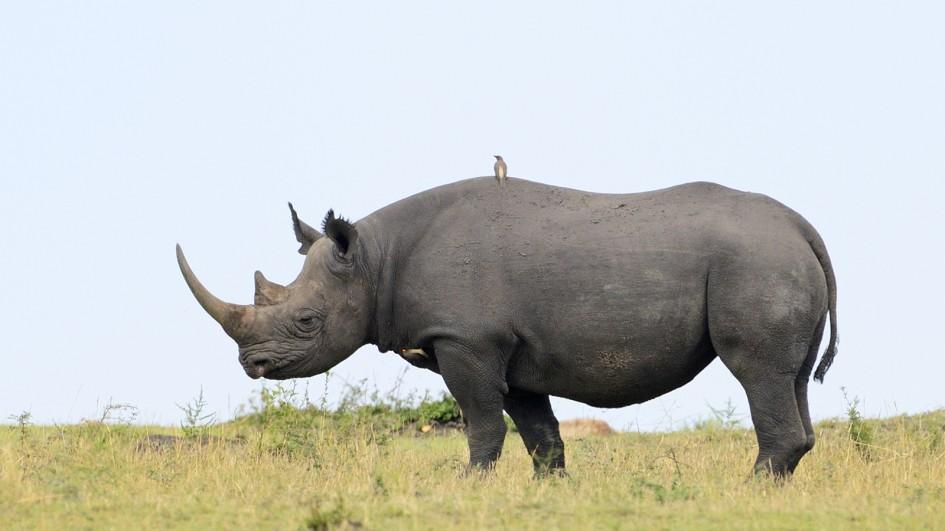

It was the last species of rhinoceros to be identified. Desmarest initially identified the rhino as being from Sumatra, but later amended this to say his specimen was from Java. Cuvier recognized the animal as a distinct species in 1822, and in the same year it was identified by Anselme Gaëtan Desmarest as Rhinoceros sondaicus. Another Javan rhinoceros was shot on the island of Sumatra by Alfred Duvaucel, who sent the specimen to his stepfather Georges Cuvier, the famous French scientist. The skulls were sent to the renowned Dutch naturalist Petrus Camper, who died in 1789 before he was able to publish his discovery that the rhinos of Java were a distinct species. The first studies of the Javan rhinoceros by naturalists from outside of its region took place in 1787, when two animals were shot in Java. Two adult rhinos with their calves were filmed in a motion-triggered video released on February 28, 2011, by WWF and Indonesia's National Park Authority, which proved it is still breeding in the wild. In April 2012, the National Parks Authority released video showing 35 individual Javan rhinos, including mother/offspring pairs and courting adults.

Consequently, the Javan rhino is the least studied of all rhino species. Researchers rely on camera traps and fecal samples to gauge health and behavior. Scientists and conservationists rarely study the animals directly due to their extreme rarity and the danger of interfering with such an endangered species. The Javan rhino usually avoids humans, but will attack when it feels threatened. Aside from humans, adults have no predators in their range. It is mostly solitary, except for courtship and offspring-rearing, though groups may occasionally congregate near wallows and salt licks. It historically inhabited lowland rain forest, wet grasslands, and large floodplains. The Javan rhino can live around 30–45 years in the wild. The remaining range is within one nationally protected area, but the rhinos are still at risk from poachers, disease, and loss of genetic diversity leading to inbreeding depression. Loss of habitat, especially as the result of wars, such as the Vietnam War, in Southeast Asia, has also contributed to the species' decline and hindered recovery. As European presence in their range increased, trophy hunting also became a serious threat. The decline of the Javan rhinoceros is attributed to poaching, primarily for their horns, which are highly valued in traditional Chinese medicine, fetching as much as US$30,000 per kg on the black market. A second population in Cat Tien National Park in Vietnam was confirmed as extinct in 2011. It is possibly the rarest large mammal on earth, with a population of as few as 58 to 61 in Ujung Kulon National Park at the western tip of Java in Indonesia. The species is critically endangered, with only one known population in the wild, and no individuals in captivity. Once the most widespread of Asian rhinoceroses, the Javan rhinoceros ranged from the islands of Java and Sumatra, throughout Southeast Asia, and into India and China. Only adult males have horns females lack them altogether. Its horn is usually less than 25 cm (9.8 in), smaller than those of the other rhino species. It belongs to the same genus as the Indian rhinoceros, and has similar mosaicked, armour-like skin, but at 3.1–3.2 m (10–10 ft) in length and 1.4–1.7 m (4.6–5.6 ft) in height, it is smaller (in fact, it is closer in size to the black rhinoceros of the genus Diceros). The Javan rhinoceros ( Rhinoceros sondaicus), also known as the Sunda rhinoceros or lesser one-horned rhinoceros, is a very rare member of the family Rhinocerotidae and one of five extant rhinoceroses. Lesser One Horn Rhinoceros, Sunda Rhinoceros


 0 kommentar(er)
0 kommentar(er)
